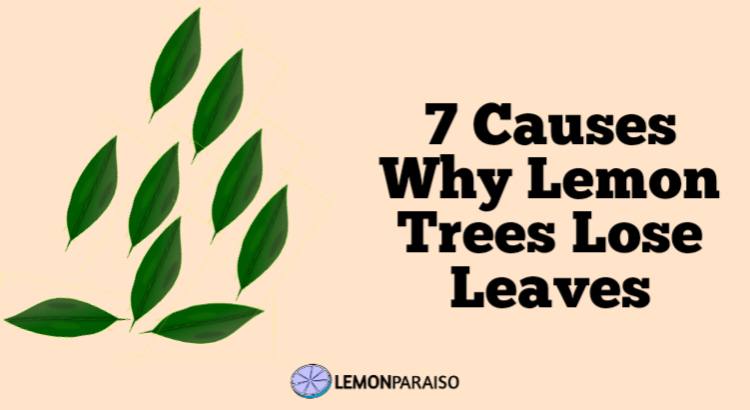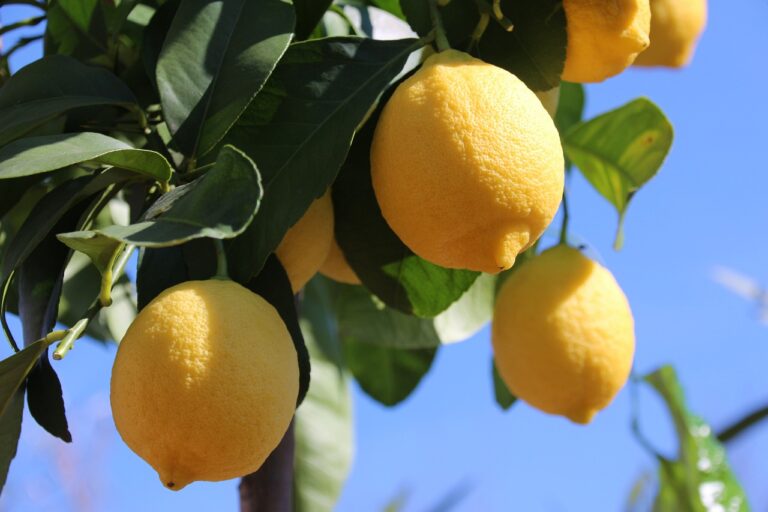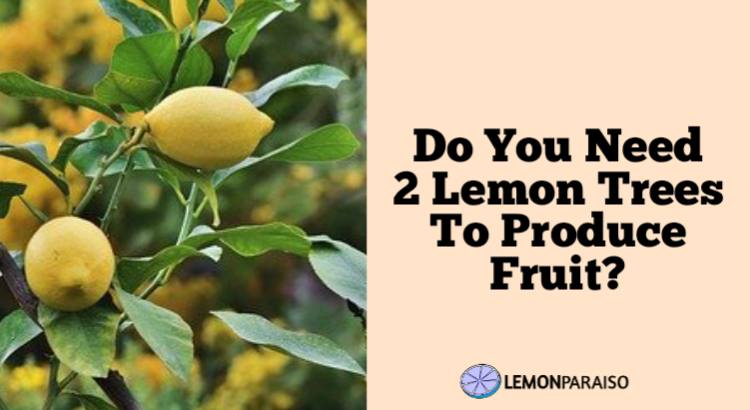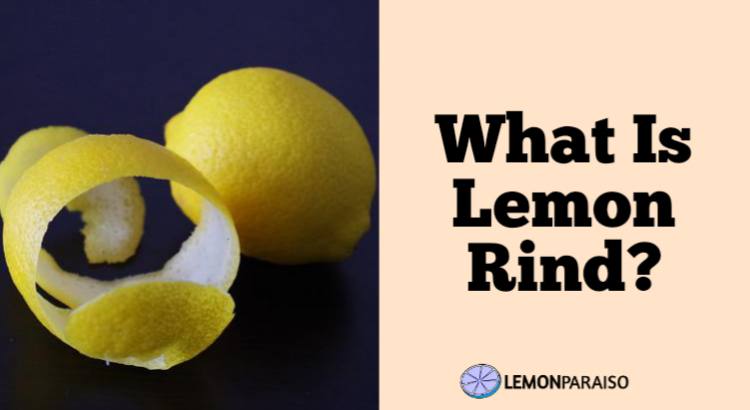White Bugs On Lemon Tree Leaves
Lemon trees, like many other fruit-bearing trees, are susceptible to infestation by a variety of pests. These pests can cause damage to the leaves, fruit, and overall health of the tree. White bugs on lemon tree leaves can be identified by their small, white, and cottony appearance.
They can often be found on the underside of leaves, near leaf veins or stem tips, and may be found in clusters. These bugs can cause yellowing, wilting, and distorted leaves, and can also produce a sticky residue called honeydew.
Common white bugs on lemon tree leaves
Mealybugs
Mealybugs are small, soft-bodied insects that are typically white or grayish in color. They are covered in a white, waxy powder that gives them a distinctive “mealy” appearance. They are often found in clusters, usually on the underside of leaves, near leaf veins or stem tips.
These pests feed on plant sap, causing yellowing, wilting, and distorted leaves, as well as excreting a sticky residue called honeydew, which can attract ants and promote the growth of sooty mold on the leaves.
To control mealybugs populations, a range of methods can be employed, such as using insecticidal soap, horticultural oil, or neem oil. Another approach is to use natural predators such as lady beetles, lacewings, and parasitic wasps. These beneficial insects can help control mealybug populations, and thus reduce damage to the plant.
Whitefly
Whiteflies are tiny, white, winged insects that are typically found on the underside of leaves. They are closely related to scale insects and aphids, and are known to feed on plant sap. This feeding results in yellowing, wilting, and distorted leaves. Additionally, whiteflies excrete a sticky residue called honeydew, which can attract ants and promote the growth of sooty mold.
To control whitefly populations, a range of methods can be employed, including the use of insecticidal soap, horticultural oil, or neem oil. Another approach is to use natural predators such as lady beetles, lacewings, and parasitic wasps. These beneficial insects can help control whitefly populations, and thus reduce damage to the plant.
Scale Insects
Scale insects are small, immobile pests that typically infest branches and twigs of lemon trees. They have a distinct round or oblong shape, usually present in white, gray, or brown color.
These pests feed on the plant’s sap, leading to yellowing, wilting, and distorted leaves, as well as excreting a sticky residue called honeydew, which can attract ants and promote the growth of sooty mold.
To control scale insects populations, various methods can be employed, such as using horticultural oil, neem oil, or insecticidal soap. Physical means like scraping them off the tree bark, or using a cotton swab dipped in alcohol can also be used.
Additionally, natural predators such as lady beetles, lacewings, and parasitic wasps can also be used to control scale insects populations and thus reduce the damage to the tree.
Prevention and Management
Cultural practices
Proper care and maintenance of lemon trees: Keeping the trees healthy by providing adequate water, sunlight, and nutrients, as well as pruning and training the tree properly, can help them to be more resistant to pests and diseases.
Use of beneficial insects: The use of beneficial insects, such as lady beetles, lacewings, and parasitic wasps, can help control pests and keep populations in check. These beneficial insects can be introduced to the lemon trees as a form of biological control.
Chemical control
Use of insecticides: Insecticides can be used to control white bugs on lemon tree leaves, but should be used as a last resort and with caution. it’s essential to choose the correct pesticide, and to use them according to the label’s instructions.
Safety precautions: when using chemical pesticides, it’s crucial to take safety precautions, such as wearing protective clothing and equipment, and keeping the pesticides away from children and pets. It’s also important to be mindful of the impact of pesticides on non-target organisms, such as beneficial insects and pollinators.
Conclusion
White bugs on lemon tree leaves can cause significant damage to the leaves and fruit of the tree. These pests can be identified by their small, white, and cottony appearance, and are commonly found on the underside of leaves, near leaf veins or stem tips. Mealybugs, whiteflies, and scale insects are common white bugs that can be found on lemon tree leaves.
Control and management of white bugs on lemon tree leaves can include cultural practices, such as proper care and maintenance of the tree, and the use of beneficial insects. Chemical control, such as the use of insecticides, should be used as a last resort and with caution.
Regular monitoring and early intervention is crucial to preventing white bug infestations on lemon tree leaves. By taking preventative measures and acting quickly to control pests, you can help keep your lemon trees healthy and productive. Additionally, using integrated pest management approach where you consider a combination of methods is the most efficient way to control pests and keep the damage at minimal level.




